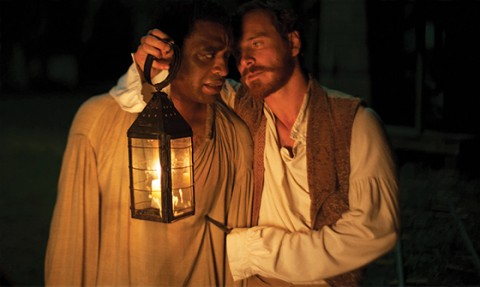Enslaved

Americans are not eager to revisit the history of slavery. Black liberation theologians in the tradition of James Cone have long called racism America’s “original sin,” and one sign of sin is the sinners’ inability to see it.
Twelve Years a Slave pulls no punches. It is a relentlessly brutal film about slavery. As a white southerner, I found myself objecting: surely it can’t have been as bad as this all the time.
But these horrors happened, and we have yet to face them squarely. Filmmaker Steve McQueen, who lives in Amsterdam, wanted to make Solomon Northup’s classic memoir Twelve Years a Slave as well known as Anne Frank’s book about another holocaust.





